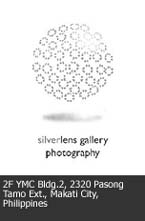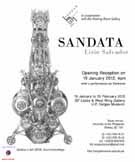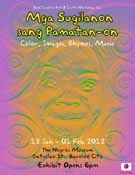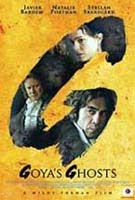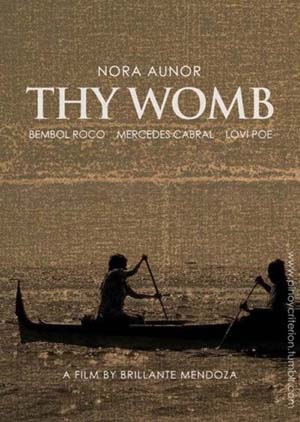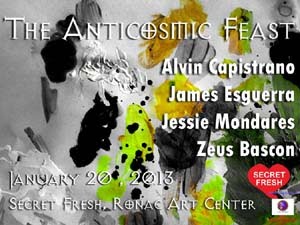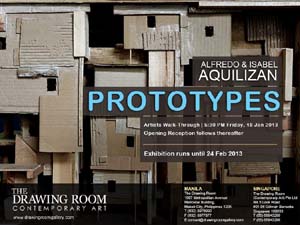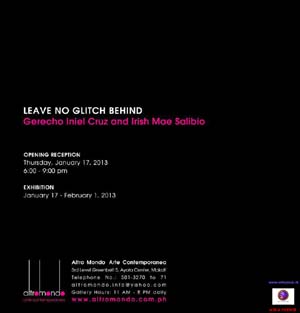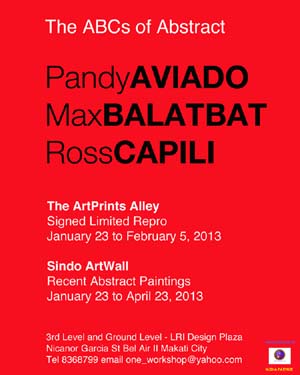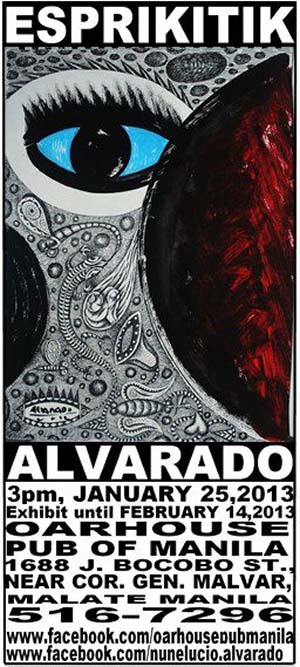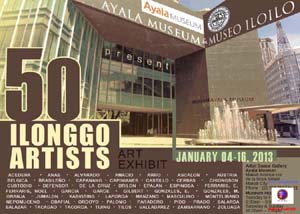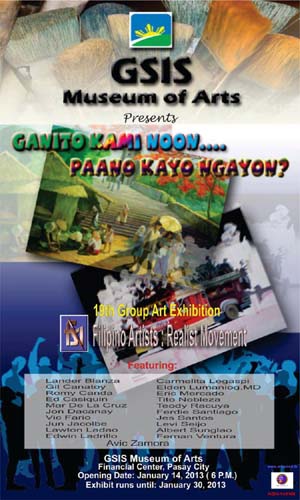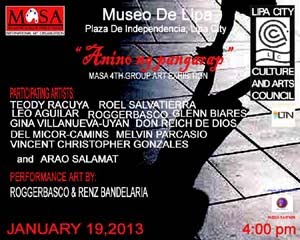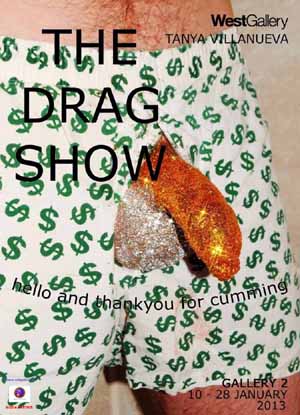
The Issue: Art as "Speech"
The Issue: Tattoos
The U.S. Supreme Court has held that non-verbal expression may sometimes be considered "speech" for the purpose of receiving First Amendment protection. As a result, symbols, works of visual and written art, and even physical acts may enjoy the protection of the First Amendment. The question courts ask in such cases is whether the non-verbal expression has sufficient elements of communication. Yet, even when the answer is yes, the Supreme Court has been wary of giving generalized First Amendment protection to all non-verbal expression that conveys a message; otherwise, such protection could conceivably legitimize harmful, destructive, or otherwise illegal acts motivated by an expressive purpose. Spray painting graffiti on a street sign, for example, does not receive First Amendment protection even when it conveys a clear and distinct message. To separate protected non-verbal expression from unprotected, courts must determine if the law in question is directed at the message being conveyed, i.e. what is being said. If it is, a court will most likely find the regulation unconstitutional. Conversely, in cases where the regulation is motivated by an important societal goal that is unrelated to the content of the expression, a court may well find that the government's interest justifies regulating or even prohibiting the use of a particular mode of expression.
For many people, tattoos have important commemorative or even religious significance. Yet despite this communicative purpose, courts have nonetheless upheld many state imposed restrictions on body art. In these cases (none of which have been heard by the U.S. Supreme Court), the restrictions typically apply to the tattoo artist, not to the person receiving the tattoo. The constitutional relevance of this distinction is outlined in the case summary below.
The Case: The State of South Carolina v. Ronald P. White
In 1999, Ronald White, a tattoo artist in Florence, South Carolina, drew a tattoo on a man for a local television news broadcast. The act was the first step by Mr. White in his challenge to a South Carolina law that prohibited tattooing except by a licensed physician for cosmetic or reconstructive purposes. Oklahoma is the only other state with such a statute. After the news broadcast, Mr. White was arrested, fined $2,500 and put on five years' probation for violating the state's anti-tattoo law. The trial court did not hear any expert medical testimony regarding the health risks of tattooing, instead relying on White's own concession that, if completely unregulated, tattooing could present a public health risk. Mr. White appealed his conviction to the South Carolina Supreme Court, arguing that the statute's outright ban of tattooing violated his First Amendment right to freedom of speech. The state court affirmed the conviction, holding that the process of getting a tattoo, as opposed to the tattoo itself, was not sufficiently communicative to be considered "speech." The court went on to hold that even if it had found that tattooing was "speech" for the purposes of the First Amendment, the public health risk associated with it justifies regulations to which other art forms may not be subjected. Four members of the South Carolina Supreme Court dissented from the majority opinion. They found tattooing to be a form of art entitled to the same protection as any other. While health risks might indeed justify some regulation of tattooing, the outright ban imposed a restriction on speech far greater than necessary to address the health risk. Mr. White, represented by Kenneth Starr, appealed the state court decision to the United States Supreme Court, but the Court declined to hear the case.
http://www.tjcenter.org/ArtOnTrial/bodyart.html
Untitled
(tattoo)
by
Ronald P. White




























































